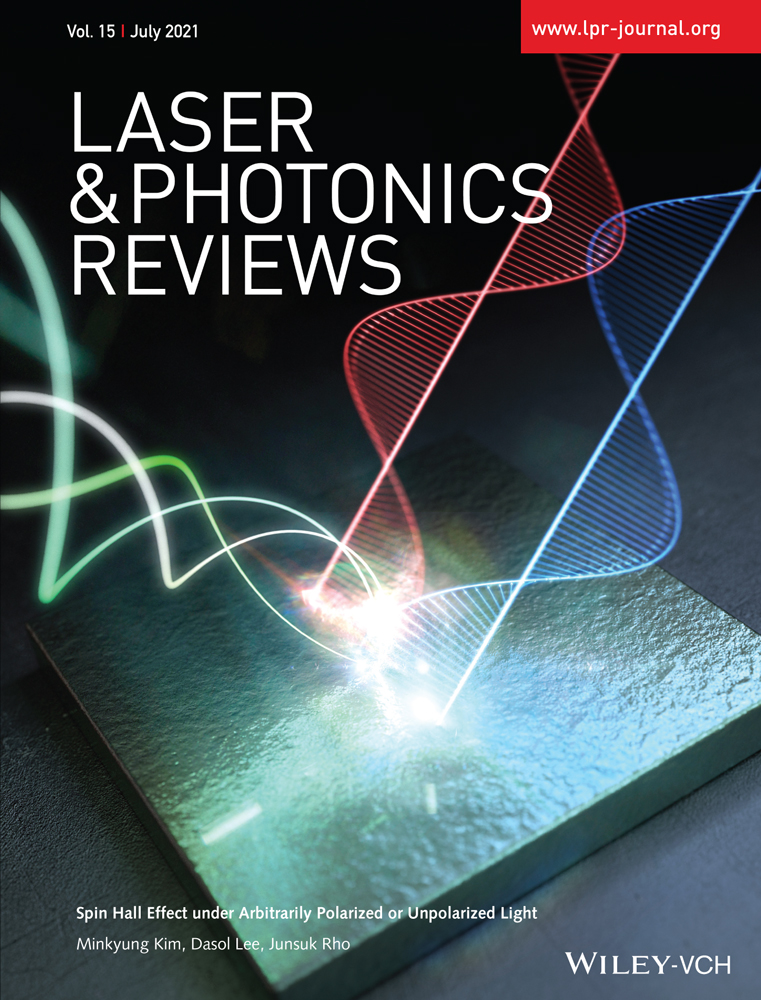Spin Hall Effect under Arbitrarily Polarized or Unpolarized Light
Abstract
The spin Hall effect of light (SHEL), which refers to a spin-dependent and transverse splitting of refraction and reflection phenomena, inherently depends on the polarization states of incidence. Most previous research has focused on horizontally or vertically polarized incidence, in which the analytic expressions of the shift are well-formulated and the SHEL appears symmetrically in both shift and intensity. However, the SHEL under arbitrarily polarized or unpolarized incidence has remained largely unexplored. Here, it is proved analytically and numerically that the SHEL is independent of the incident polarization and is symmetrical in shift if the two linear polarization states have the same Fresnel coefficients. Moreover, under an unpolarized incidence composed of a large number of completely random polarization states, the reflected beam is split in half into two circularly polarized components that undergo the same amount of splitting but in opposite directions. This result demonstrates that under unpolarized incidence, the SHEL occurs exactly as it does under horizontally or vertically polarized incidence. It is believed that the incident-polarization-independent SHEL can broaden the applicability of the SHEL to cover optical systems in which the polarization is unspecified.
Conflict of Interest
The authors declare no conflict of interest.
Open Research
Data Availability Statement
Data available on request from the authors.




